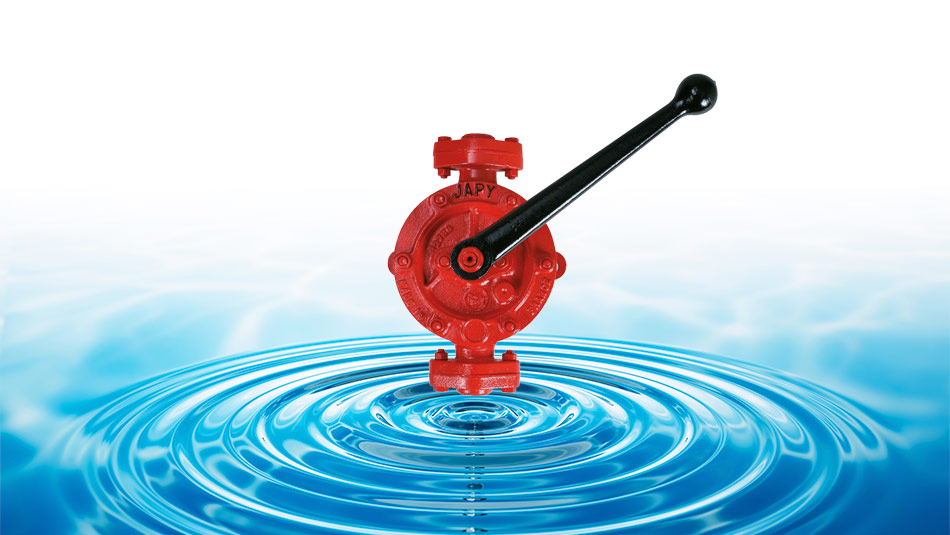How to choose your Japy semi-rotary manual pump?

Recommendations for choosing a Japy semi-rotary manual pump
Semi-rotary pumps are able to suck in or transfer fluids with little or no solid content. These piston pumps belong to the family of displacement pumps.
These tools, which are relatively simple and easy to use, are suitable for both domestic (garden watering) and professional (transfer pumps) use. This type of manual pump is popular for both its reliability and its technical characteristics. However, to make the right choice for your needs, it is important to carefully consider certain elements.
Need advice?
Our team of experts is here to help you.
You can contact us via a simple click:
The choice of materials for semi-rotary pumps
Semi-rotary pumps all have the same round shape. They incorporate a mechanism with a flat piston that is installed horizontally in a cylindrical chamber. A handle or lever turns the rotor. This movement creates a depression that sucks in the liquid. This is compressed in the pump casing, which puts it under pressure in order to expel it.
Pompes Japy EP/HT/AT/HL pumps have a cast iron body with a brass interior mechanism. EZ models have a cast iron body and a zamak interior mechanism.
Several models of semi-rotary pumps are available, depending on the viscosity and the nature of the fluid to transport or evacuate:
- For water recovery (wastewater, rainwater, garden watering) or the transfer of viscous liquids, the semi-rotary manual pumps of the EP series are noted for the robustness of their manufacturing materials.
- Certain models of ATEX pumps (AT series) are also suitable for the transfer of flammable products, including petrol, oil, alcohol, acetone, white spirit, etc. However, with these fluids, the transfer pump connector seals are generally made of PTFE or Viton in order to facilitate filling.
These pumps can be equipped on request (FEP/FHT/FAT series) with an anti-static PVC discharge hose, a stainless-steel spout or gun, a suction probe and an adjustable conical dummy bung for drums. - To pump more corrosive liquids like seawater, alcohol, vinegar, diesel fuel and certain oils, bronze BP/BRN BRN pumps consist of a bronze body and a bronze mechanism.
Pompes Japy is the inventor of these semi-rotary submersible pumps, designed to resist the intense salinity of seawater and difficult weather conditions.
What are the installation constraints?
Japy semi-rotary pumps come in several sizes. Choosing the right one depends on your needs and the location.
A good compromise between flow, pressure and force
To choose the manual water pump system that best fits your needs and to ensure the proper operation of the mechanism, three elements should be taken into account:
the height and length of the hose, but also its diameter at both intake and discharge.
The length of the discharge hose is 30 metres for the smallest models and up to 11 metres for the largest.
For certain uses, like diesel fuel, petrol, solvents, etc., the pump must be able to adapt to the neck of the drums.
The location of the pump and the suction height
The installation of a pump is fixed. It is important to understand that infrequent use, wear and weather conditions tend to alter the mechanism. Therefore, it is best to inform us of this when placing an order. The requirements are not the same if the pump is located in a sheltered place or situated outdoors. In this case, it must be particularly resistant and able to support external aggression: bad weather, corrosion, oxidation, etc.
Suction height
You should know that the maximum suction capacity of classic semi-rotary pumps is 7 metres (wet pump). Above this manometric delivery head, it is necessary to choose another type of suction pump.
The choice of the flow rate and pressure
Pompes Japy hydraulic pumps have average flow rates between 900 and 2700 litres per hour depending on the transfer performed. In contrast to hydraulic pumps, semi-rotary pumps cannot combine a high flow rate and high pressure, the maximum being 5 bars.
To optimise pump operation and if the fluid must be transferred to a significant height, it is preferable to choose a small cylinder capacity.
A large cylinder capacity is thus chosen when the discharge height is low. To understand the characteristics of a pump, it is important to understand these 3 criteria:
- The cylinder capacity (Cy): this corresponds to the volume discharged by the pump per cycle.
- The volumetric flow rate (QI): this is the volume discharged within a given time. It is calculated by multiplying the cylinder capacity by the number of strokes of the lever.
- The hydraulic power: this is determined by multiplying the volumetric flow rate by the difference between discharge pressure and suction pressure.
Temperature variations
All Pompes Japy semi-rotary pumps withstand temperatures between 2°C and 60°C. Entirely bronze semi-rotary manual pumps are more suitable for extreme temperatures. This is due to the fact that the dilation of the materials in a standard water pump may block the mechanism.
